Custom Bracing and Orthotics in Delhi
Custom Bracing and Orthotics in Delhi with Dr. Neelabh provides precision‑fitted braces and foot orthoses to reduce pain, protect healing tissues, improve alignment, and support confident movement. From knee unloader braces and post‑op supports to custom insoles, AFOs/KAFOs, and spinal braces, we match devices to your anatomy, diagnosis, and goals. We do not provide in‑house physiotherapy; we share written protocols and coordinate with your chosen physiotherapist for safe progression.
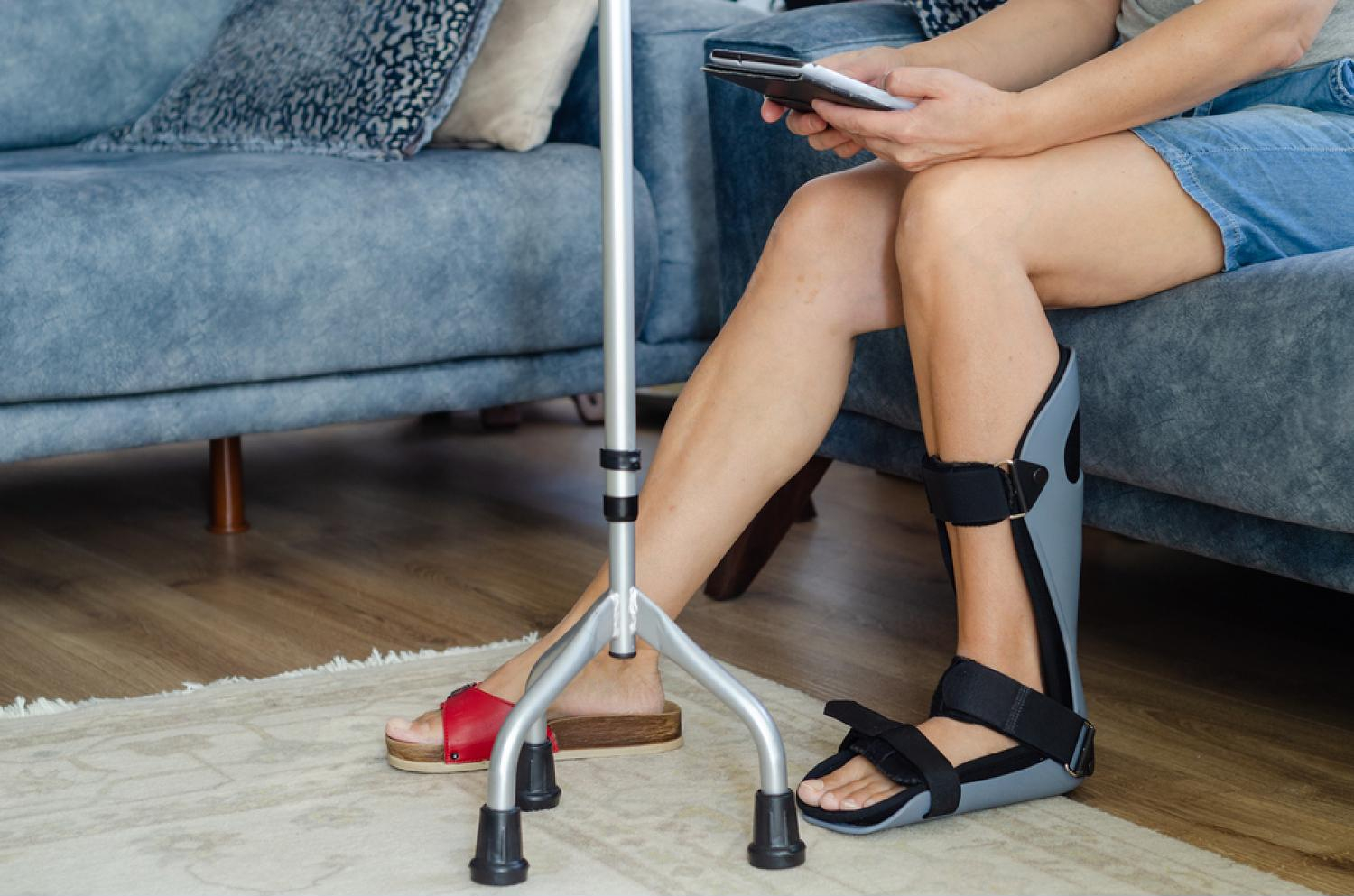
Accurate measurement • Device selection & fitting • Follow‑up adjustments • Clear wear & care instructions
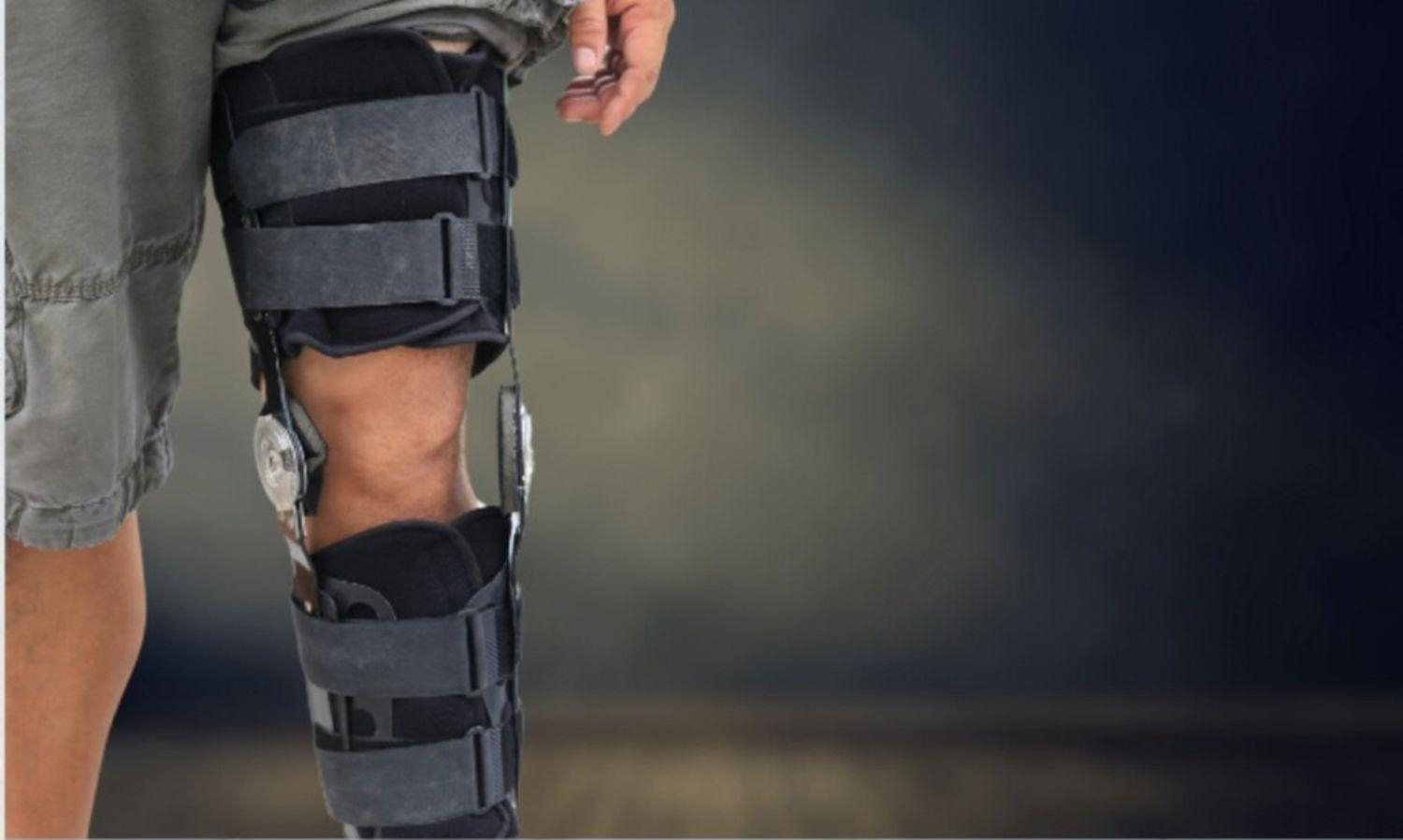
What Are Custom Bracing and Orthotics?
Patients choosing Custom Bracing and Orthotics in Delhi often want pain relief that still lets them move confidently at work or home.
With Custom Bracing and Orthotics in Delhi, device selection is based on your diagnosis, alignment, and real‑world activities.
Our goal with Custom Bracing and Orthotics in Delhi is to protect healing tissues while you progress safely with your physiotherapist.
We evaluate fit and comfort at follow‑up so your Custom Bracing and Orthotics in Delhi continue to work as your swelling or activity changes.
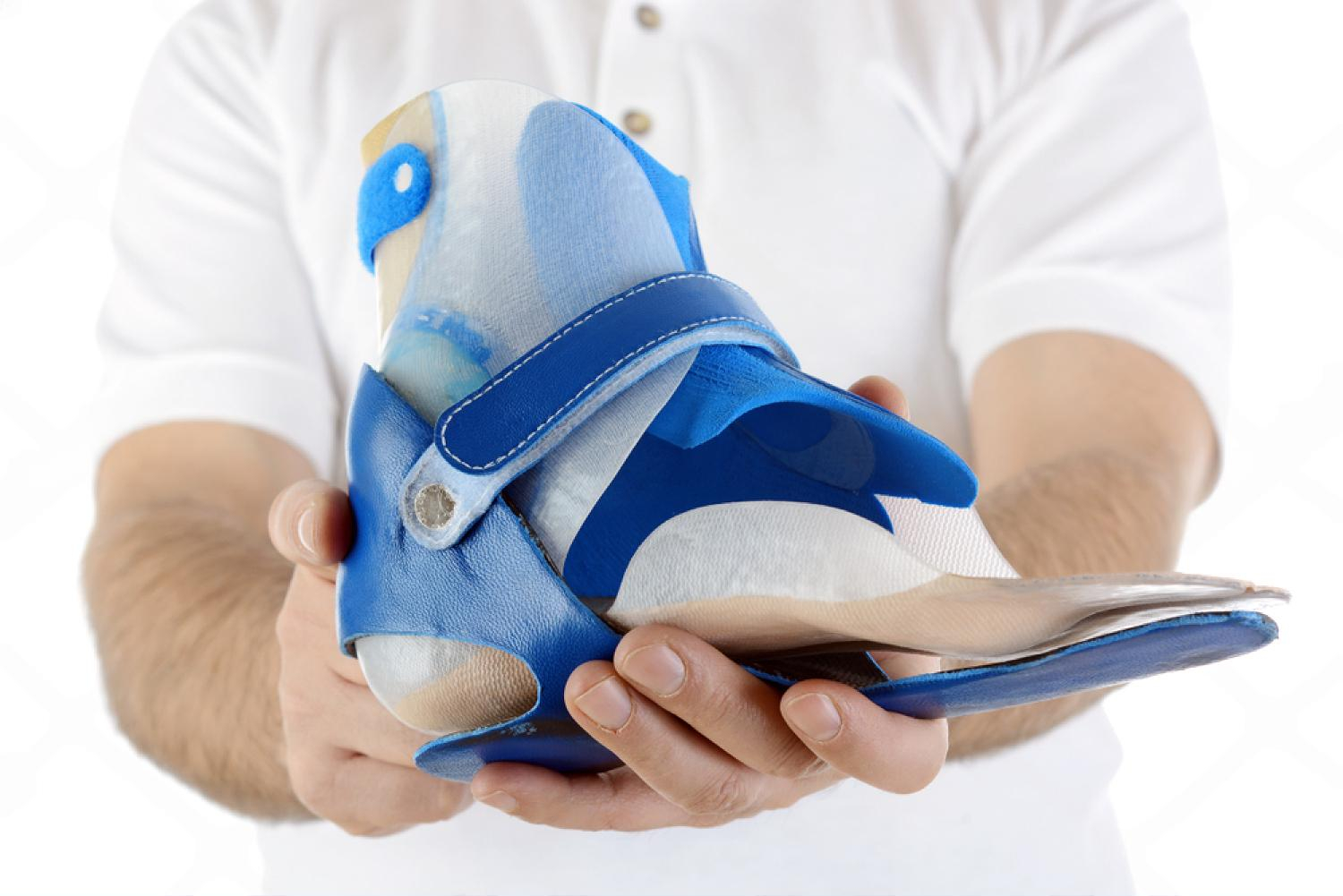
Benefits & When They Help
Pain relief & function
Unloader braces reduce joint overload, custom insoles redistribute pressure, and spinal braces support posture—improving daily activities.
Protection during healing
Post‑op and fracture braces limit motion to protect repairs and promote safe tissue healing while allowing controlled mobility.
Stability & confidence
Hinged knee or ankle braces reduce giving‑way; wrist/thumb splints calm painful motion; AFOs stabilize drop‑foot gait.
Alignment & biomechanics
Patellar‑tracking braces, unloader braces, and foot orthoses refine movement patterns and reduce pathologic stress.
Bracing supplements—not replaces—your overall treatment plan. We set wear‑time and review points to get the best from your device.
Devices We Offer
Knee unloader braces
For unicompartmental knee osteoarthritis; off‑loads the painful side to improve walking tolerance.
Hinged knee & ACL/PCL braces
For ligament injuries and post‑reconstruction stability; extension/flexion stops configured as advised.
Patellofemoral braces
For maltracking or anterior knee pain; guided patellar support reduces symptoms in activity.
Ankle braces & CAM boots
For ankle sprains, instability, Achilles issues, and foot fractures; allows protected mobility.
Wrist & thumb splints
For De Quervain’s, CMC arthritis, carpal tunnel, and TFCC irritation during flares or tasks.
Elbow & shoulder braces
Epicondylitis straps, hinged elbow, shoulder immobilizers or abduction pillows as indicated.
AFOs/KAFOs
Ankle‑foot and knee‑ankle‑foot orthoses for drop‑foot, neuromuscular conditions, or complex alignment.
Spinal braces (LSO/TLSO)
Lumbosacral and thoracolumbar braces to support painful spines or protect fracture healing in select cases.
Post‑op braces
After ligament, meniscus, or osteotomy surgery—with adjustable range‑of‑motion per protocol.
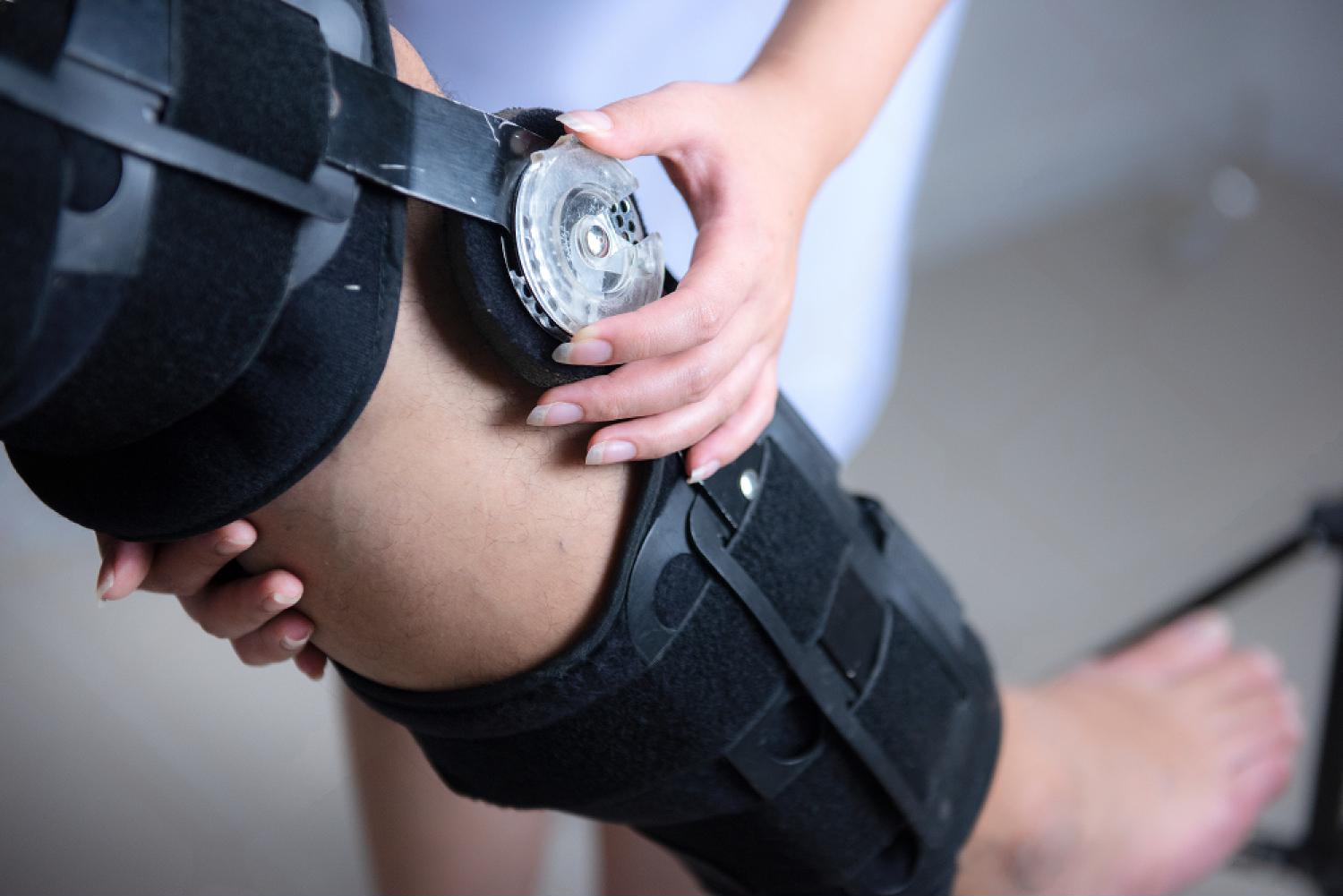
Foot Orthoses & Custom Insoles
Foot orthoses (insoles) influence how forces travel through the foot, ankle, knee, and hip. Correctly designed devices can reduce pain from plantar fasciitis, metatarsalgia, flatfoot/posterior tibial tendon dysfunction (PTTD), hallux valgus, Morton’s neuroma, and knee osteoarthritis (medial compartment overload).
- Custom‑molded insoles: CAD‑CAM designed from scans or impressions; materials (EVA, polypropylene, carbon composites) selected for support vs cushioning.
- Posting & wedging: Medial/lateral wedging to influence knee load in osteoarthritis or address forefoot/rearfoot balance.
- Diabetic off‑loading: Pressure‑redistributing insoles and rocker‑soled footwear to protect high‑risk areas.
- Heel cups & met pads: Targeted relief for heel pain and forefoot overload.
We review shoe fit and recommend footwear styles that work with your orthoses—comfort and compliance start with the right shoes.
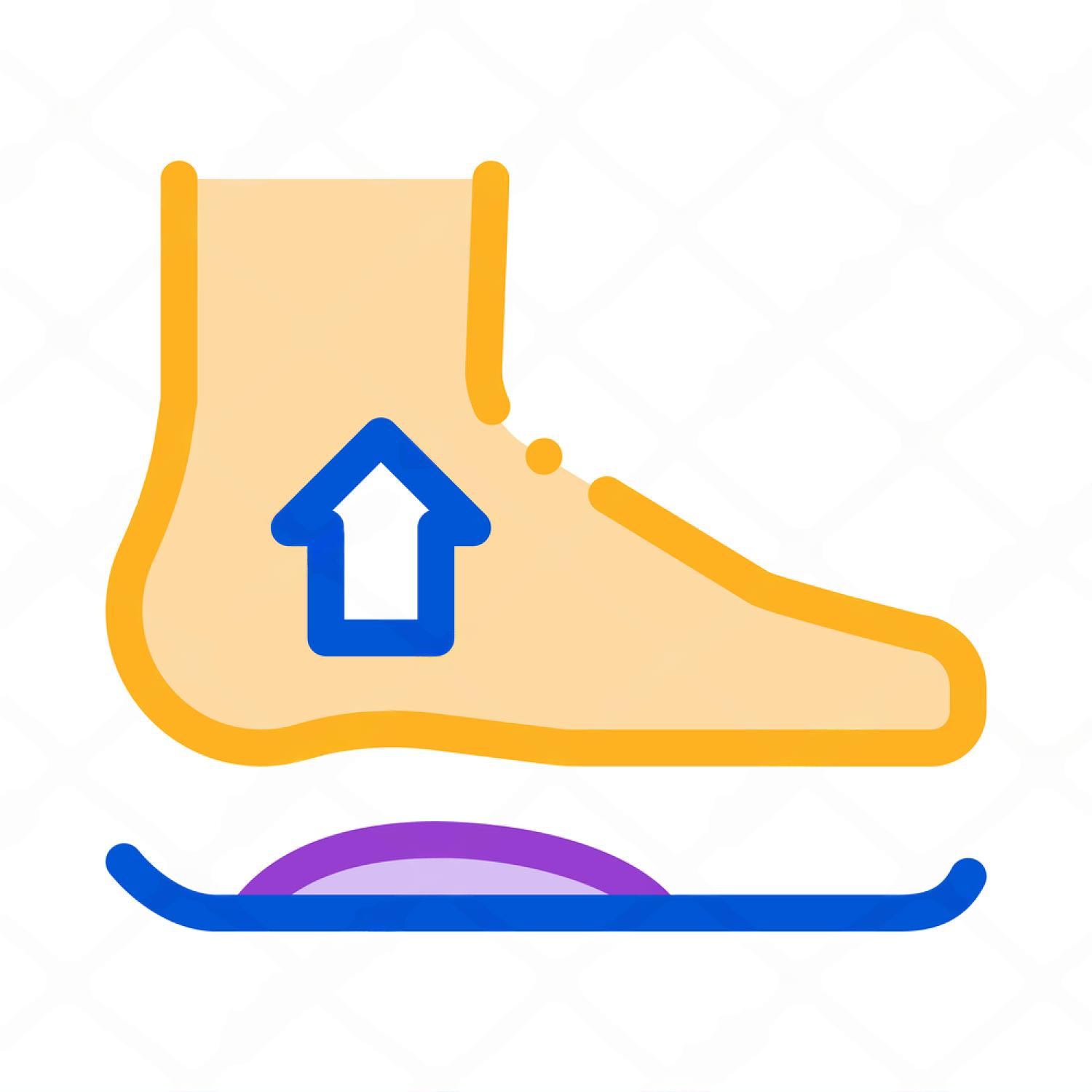
Pediatric Bracing
Flexible flatfoot & in‑toeing
Observation for many; when symptomatic, insoles or foot orthoses provide support and comfort.
AFOs for gait
Ankle‑foot orthoses for neuromuscular conditions or post‑surgical support; growth‑friendly adjustments planned.
Post‑fracture support
Light braces or splints for protection during return to activity after casting or pinning.
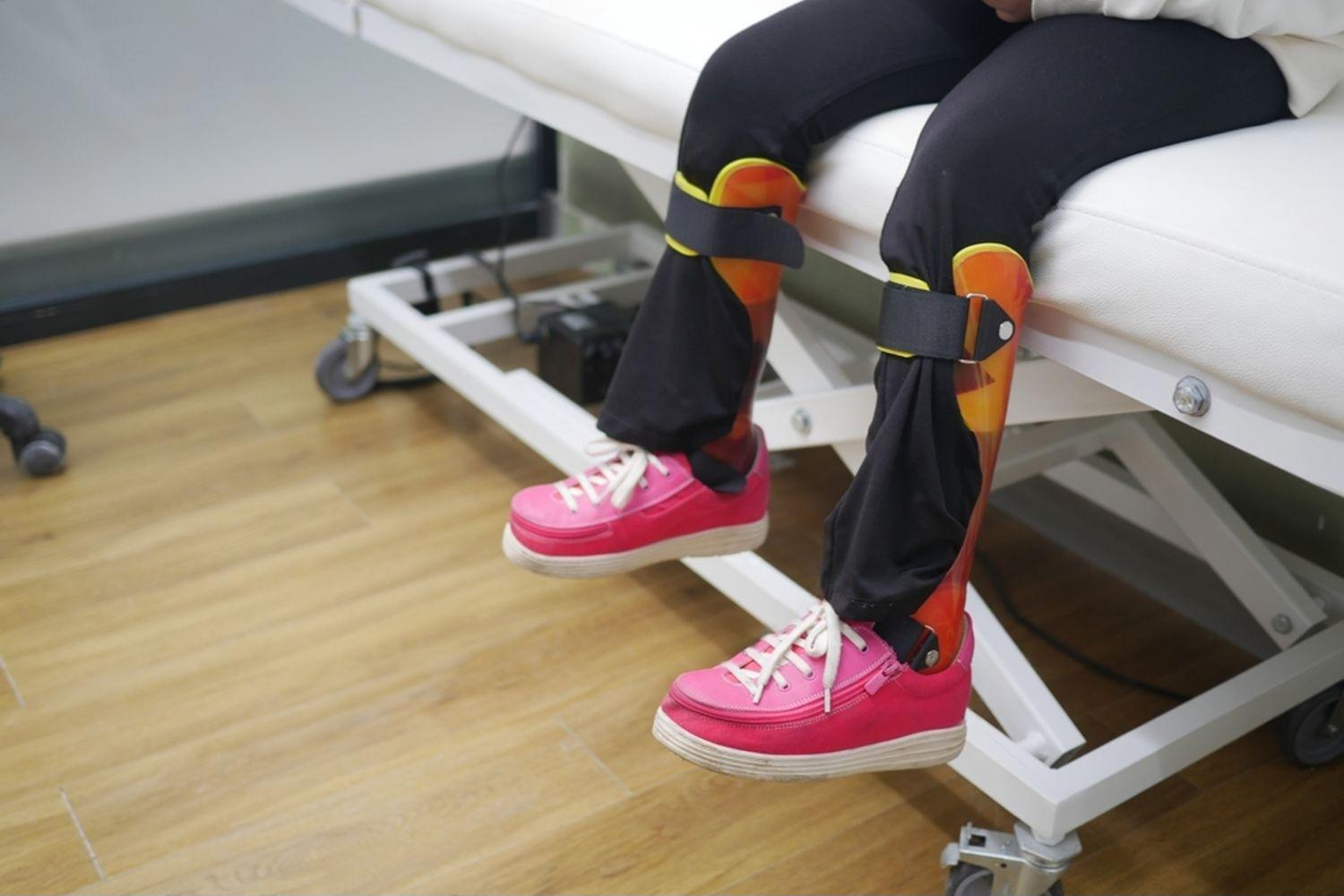
Sports & Post‑Operative Bracing
Bracing supports a safe return to movement after injury or surgery. The device choice and wear schedule depend on tissue healing and your sport’s demands. We set criteria (strength, balance, movement quality) and share a written plan your physiotherapist can implement. We do not provide in‑house physiotherapy.
- ACL/post‑op knee braces: Adjustable ROM and protective settings for early phases after reconstruction or meniscus repair.
- Patellar stabilizers: For recurrent dislocators or high‑risk activities during return‑to‑sport.
- Ankle stabilizers: For lateral ankle sprains and instability during pivoting sports.
- Wrist/thumb protection: For racket, stick, and grip‑intense sports during return phases.

Measurement & Fitting Process
- Assessment: Diagnosis, alignment, skin condition, swelling, and lifestyle demands (work/sport).
- Device selection: Prefabricated vs custom; hinge type, strapping, padding, and desired motion control.
- Measurement/scan: Tape measures, templates, 3D scan or foam impression depending on device type.
- Fitting & training: Strap sequence, don/doff techniques, skin checks, wear‑time schedule, and safety tips.
- Follow‑up: Re‑fit or tune at 1–2 weeks; further review after activity ramp‑up to refine comfort.
Small adjustments make a big difference—plan on one follow‑up to perfect the fit.
Materials & Technology
We balance durability, weight, and comfort. Typical choices include:
- Thermoplastics & EVA foams: Shapeable, supportive, and comfortable for insoles and shells.
- Carbon fiber composites: Strong and light for AFOs or performance braces when indicated.
- CAD‑CAM milling & 3D printing: For precise custom insoles and complex orthoses.
- Breathable liners & pads: Reduce sweat and friction; removable for cleaning.
We’ll explain care and replacement timelines; typical lifespans vary by device, usage, and body changes.
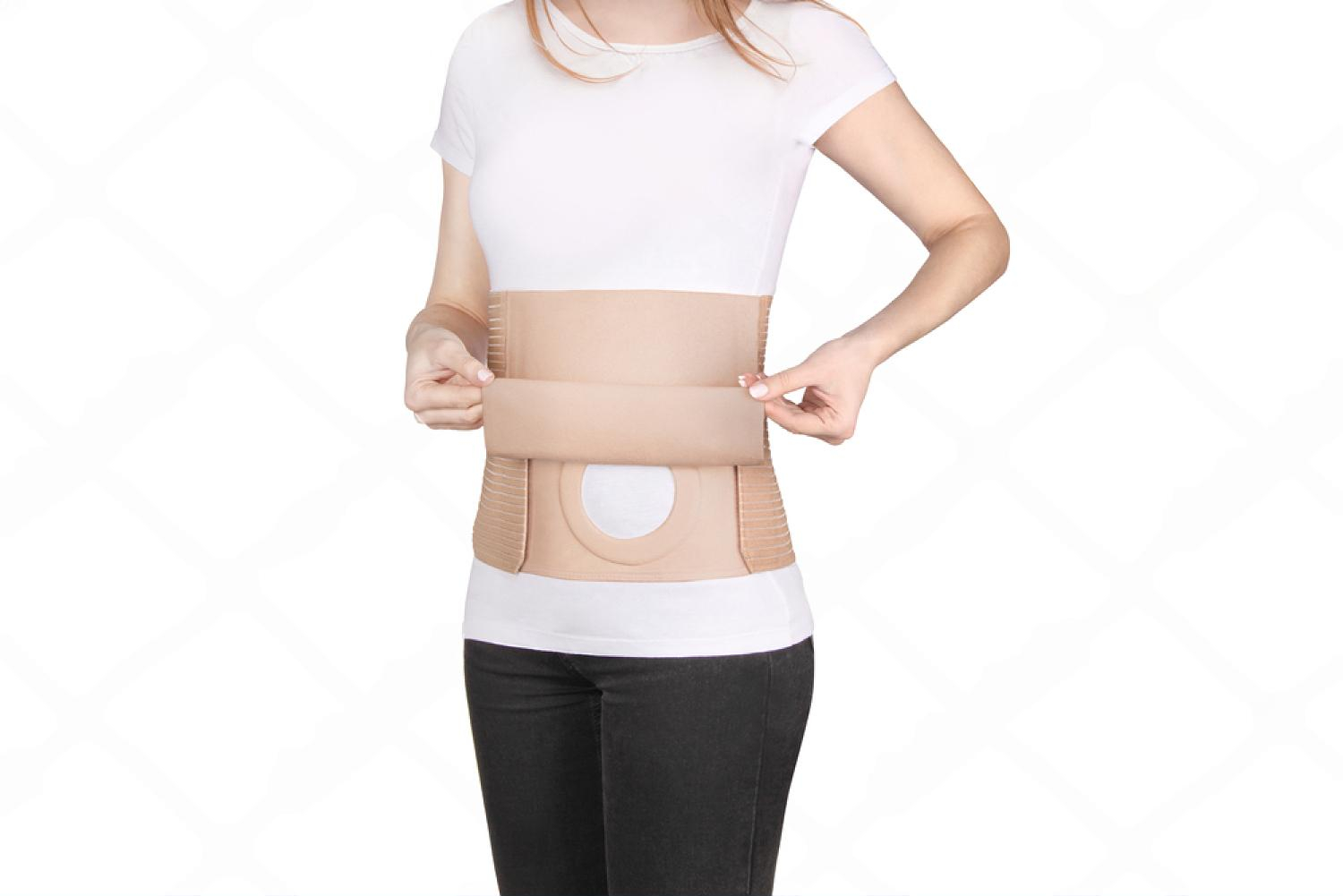
Wear, Care & Follow‑Up
Skin & comfort
Wear a thin layer under the brace; check skin daily; report persistent redness, pain, or numbness.
Cleaning
Hand‑wash liners/pads with mild soap; air‑dry fully before reuse; keep hinges free of sand/dust.
Wear schedule
Follow the prescribed hours; too little or too much can reduce benefits. Ramp up activity gradually.
Re‑fit & replacement
Expect tune‑ups after swelling changes or activity progression; typical replacement cycles depend on wear patterns.
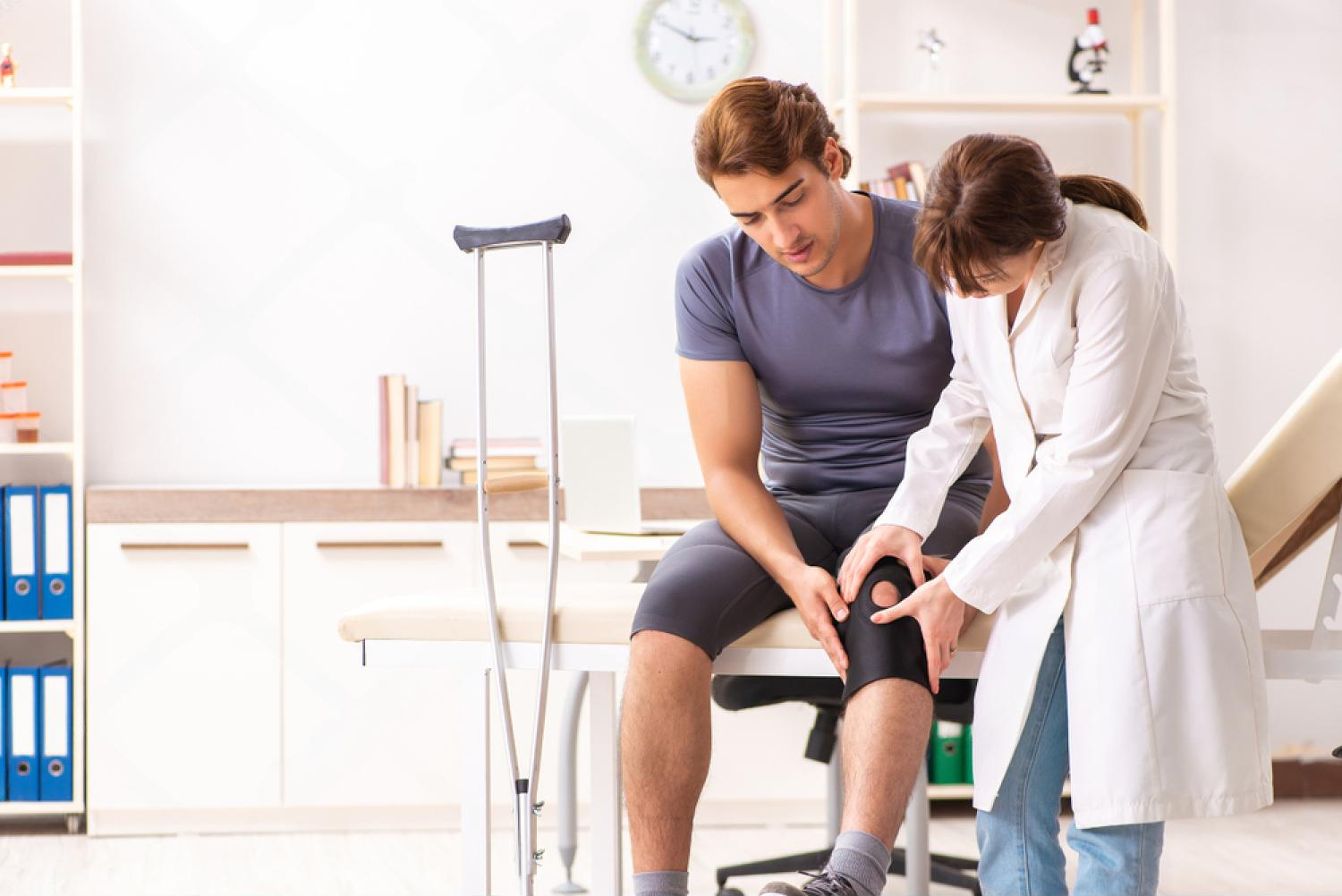
Cost & Insurance
Costs vary by device type (custom vs prefabricated), materials (e.g., carbon fiber), and complexity (hinges, ROM stops, liners). Certain braces and orthoses may be covered by insurance with a valid prescription and documentation. We provide transparent estimates and assist with documentation; final approval depends on your insurer’s policy.
- Insurance pre‑authorization & benefits check
- Clear estimate of out‑of‑pocket costs
- Warranty and replacement guidance
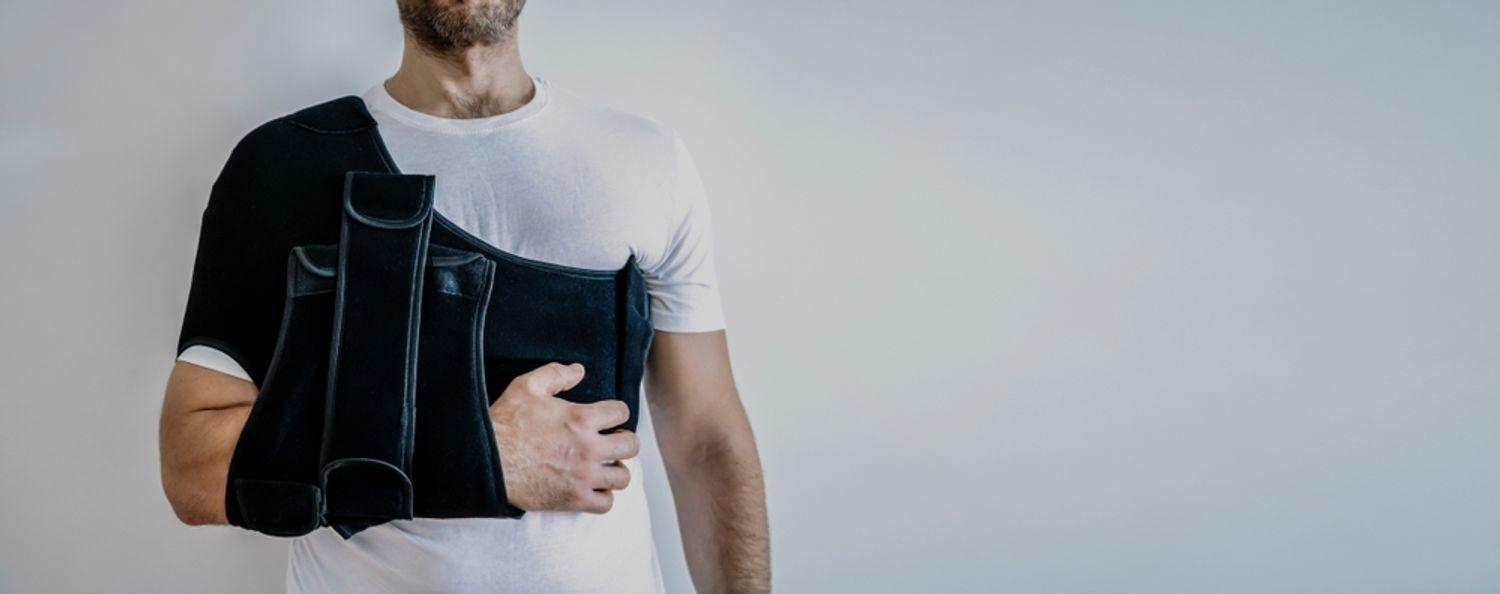
How to Prepare
Clothing & footwear
Wear shorts or loose trousers for knee/ankle fittings; bring the shoes you wear most if you’re getting insoles.
Medical records
Bring your prescription, clinic notes, and recent imaging (especially for post‑op or fracture braces).
Activity needs
Tell us about your work/sport demands so the brace suits real‑world tasks.
Physio details
We do not provide in‑house physiotherapy; share your physiotherapist’s contact so we can align protocols.
Caregiver support
If needed, bring a family member to learn don/doff and daily skin checks.
Where to Consult Dr. Neelabh
BLK Hospital
A-4-6, Pusa Rd, Near Rajendra Place Metro Station, New Delhi-110005
🕓 4:00 PM – 6:00 PM
Timings may vary—please call +91‑9810117204 to confirm.
FAQs
Do I need a custom brace or will off‑the‑shelf work?
How long should I wear the brace each day?
Can a brace weaken my muscles?
How long will my insoles last?
Are there activities I should avoid with the brace?
Ready for a brace or orthotic that actually fits—and helps?
Book a fitting. You’ll get a device matched to your diagnosis, a written wear plan, and coordinated guidance for safe progression.
